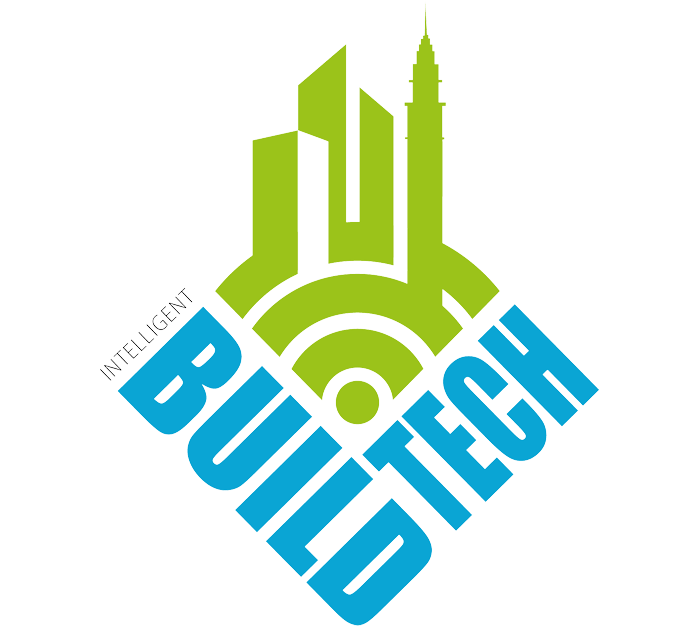Join us for an exclusive interview with Martin Huber, CEO of Amrax, a Salzburg-based 3D modelling company and discover how Amrax’s Metaroom app revolutionises spatial design in the business landscape.
Could you share the origin story of Amrax, shedding light on how the Metaroom was founded and the initial vision that led to its development?
I founded Amrax in 2020 in Austria with my business partner and friend Hans Schlick. We had worked together for many years at Red Bull and the Austrian Broadcasting Company and had always talked about striking out on our own. Our goal was to create a highly intuitive solution that would enable fast and inspiring workflows for space planning, interior design, lighting design, radio planning and facility management. We believed that there was a real gap in the market for Amrax within the wider ecosystem of design tools and that technology was at a tipping point that meant accessible 3D modelling and spatial design was achievable. Although we’re only really at the start of our journey, we’ve seen from our customer growth and interest from partners that these beliefs were well founded.
Amrax has seen substantial growth with 2,700 new customers in 2023. What factors have fuelled this expansion and which industries are leading in adopting spatial design through the Metaroom app?
We’ve worked hard to expand the functionality of our Metaroom app and signed a series of partnerships that have opened up new industries. Hand in hand with this is a wider trend towards greater use of spatial design for a variety of different purposes. There’s a particular gap in the market within lighting, wireless planning and AEC industries. 3D modelling and spatial design can greatly impact these sectors because it is an incredibly efficient way to optimise designs for minimal time and cost.
The Metaroom app, leveraging AI, LiDAR and SLAM, has scanned over 10,000 rooms since its launch. How do these technologies set Metaroom apart and what benefits do they offer to professionals in spatial planning?
At the heart of what we are doing lies the seamless merging of 2D and 3D. In the 2D world, we have had wonderful AI-based methods for the generation of semantics for many years now. We are taking those methods and applying them to the 3D world. This is all based on synchronising the 2D and 3D data as it’s captured and that’s also a big part of our secret sauce, which sets us apart from other competitors.
The great benefit this brings to our customers: Better scanning results with no additional manual effort.
With notable additions like Siemens and others to the customer base, what features of the Metaroom app have resonated with key players in lighting, wireless planning and AEC industries?
Ease of use is central to all our activities. This simplicity now allows our solution to be used much more widely and flexibly.
While traditional measurement systems require training and specialised hardware, Metaroom can be used by any field worker or facility manager with just a few minutes of training.
In addition, our solution can be rolled out globally across an entire organisation at the touch of a button, which is of course very important for international companies.
Amrax recently closed a successful funding round. How will this funding be utilised in 2024 to enhance the Metaroom platform, develop new features and expand the product offering?
As with many startups at our stage we’re using this funding to build up our team, expand into new markets and further develop our product. A big part of this expansion will be integrating Metaroom into different design and planning platforms. We are also continually looking at ways we can enhance our solution even more in the area of sustainability, because we believe that the reuse of materials in buildings and energy efficiency – for both of which 3D understanding is important – have very high potential.
How do you envision the trajectory of the spatial planning industry and what role do you see Metaroom playing in shaping the landscape of 3D modelling and spatial data capture technologies?
I think we’re on the cusp of something very exciting within the spatial planning industry. You only have to look at how Apple has rebranded its Vision Pro headset as a ‘spatial computer’ to see the direction of travel. More and more people see just how powerful visualising and designing in 3D can become. Add AI into the mix and we open up a wealth of possibilities. Everything from ultra-efficient, sustainable building designs through to living structures and spaces that use smart devices to monitor and react to how they are being used and the environment around them. In the short term, spatial design is going to continue to push down the cost and time taken to make and optimise designs. This will open the door to more experimentation. Our goal is to be at the heart of this, providing designers and building managers with all the tools they need to do both the basics and the cutting-edge innovation equally well.




